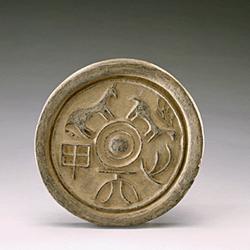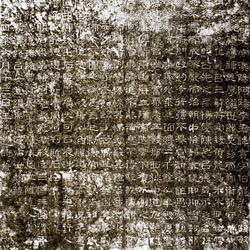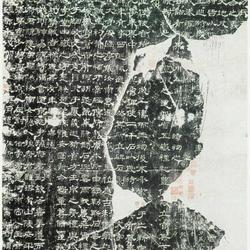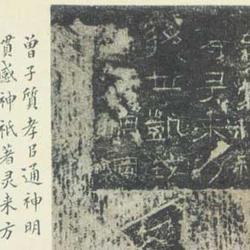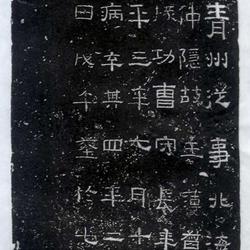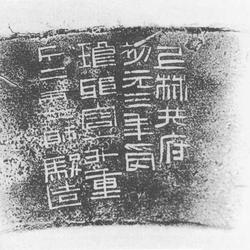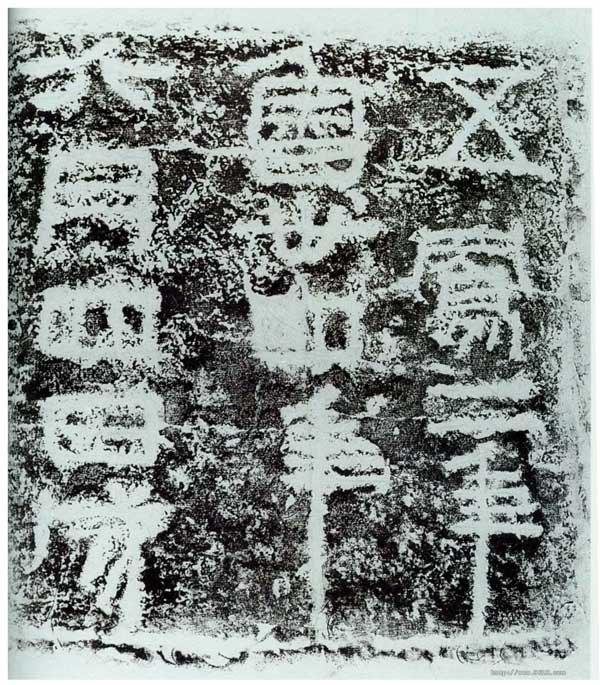
Also known as the carved stone of King Lu Xiao. This stone was carved in 56 BC (the thirty-fourth year of King Xiao of Lu, the second year of Wufeng). This stone was obtained from the Prince's Fishing Pond thirty steps southwest of the foundation of Lu Lingguang Hall when the Confucius Temple in Qufu was rebuilt in the second year of Mingchang of Emperor Zhangzong of Jin Dynasty (1191). . At that time, craftsmen took stones to repair the Confucius Temple. Gao Deyi, the governor of Kaizhou, who was responsible for the construction of the temple, immediately moved the stones into the Confucius Temple. The east veranda of the Confucius Temple now exists.
The carved stone is 71.5 cm long, 38 cm high on the left, 40 cm high on the right, and 43 cm thick. It is made of limestone. There are 13 characters in total, saying: "It was completed on June 4, the 34th year of Lu, the 2nd year of Wufeng." It is 3 lines in official script, still with the style of seal script, simple and simple. The inscription is 25 cm wide and 24.5 cm high, and is carved into a niche shape. On the left side is an inscription that a German descendant discovered this stone.
This is the earliest carved stone from the Western Han Dynasty after the unearthed "Ju She Liang Tomb Altar". Many epigraphists of the past dynasties have recorded it.

